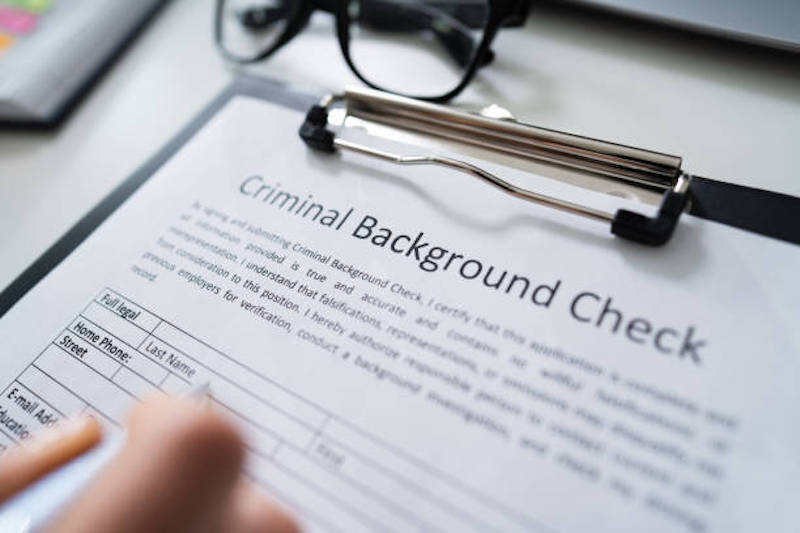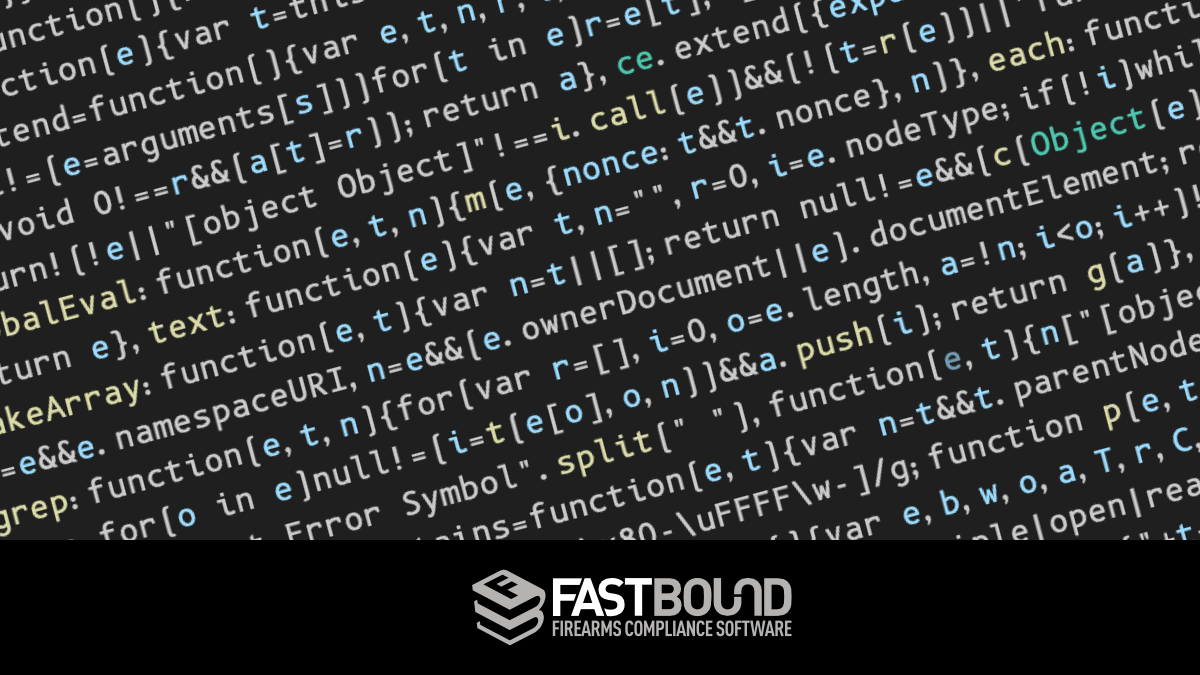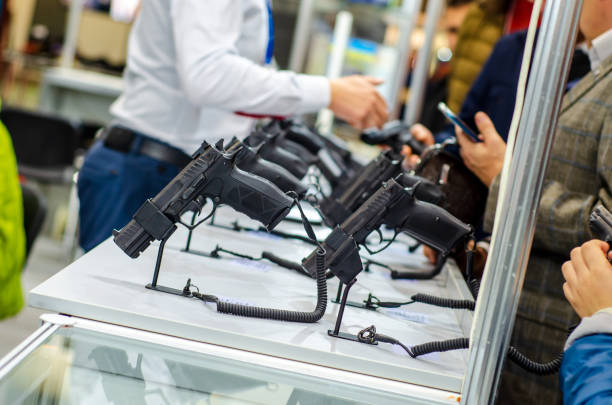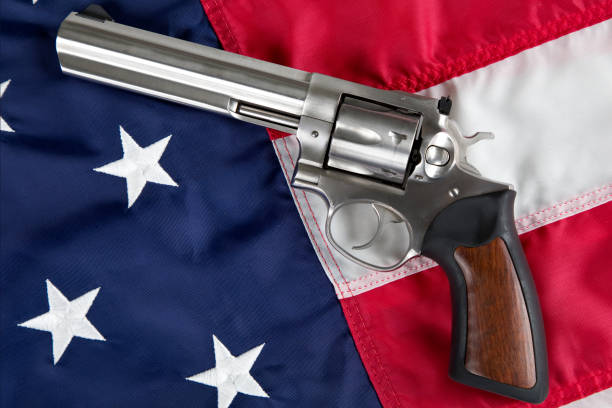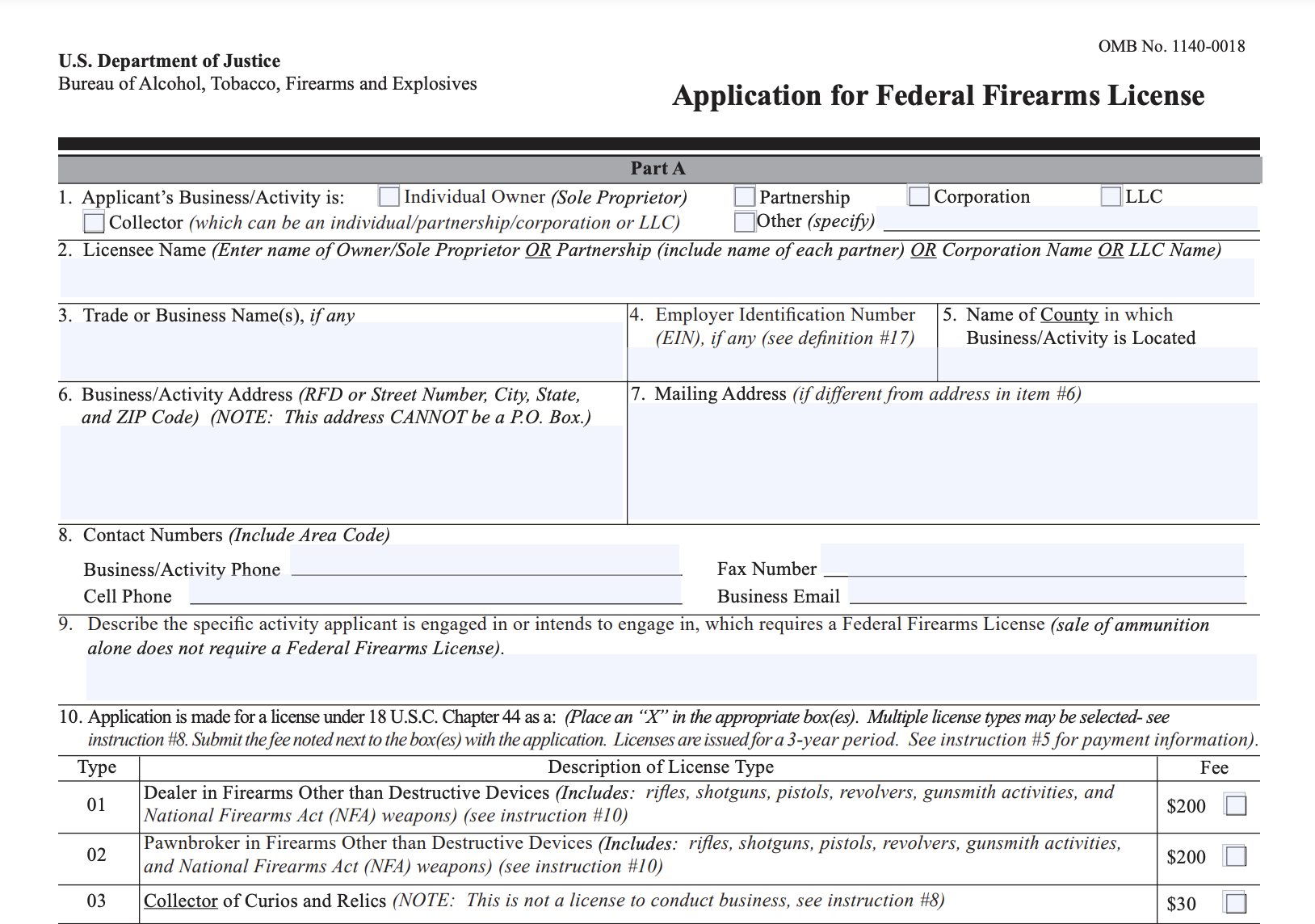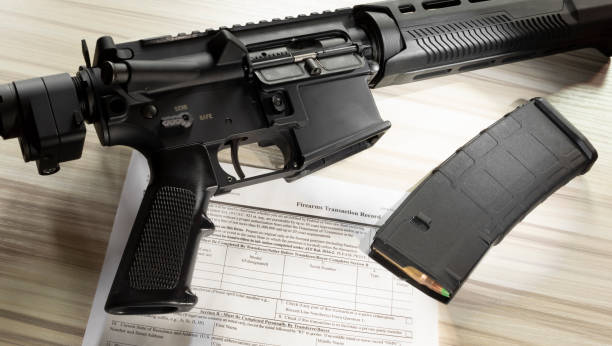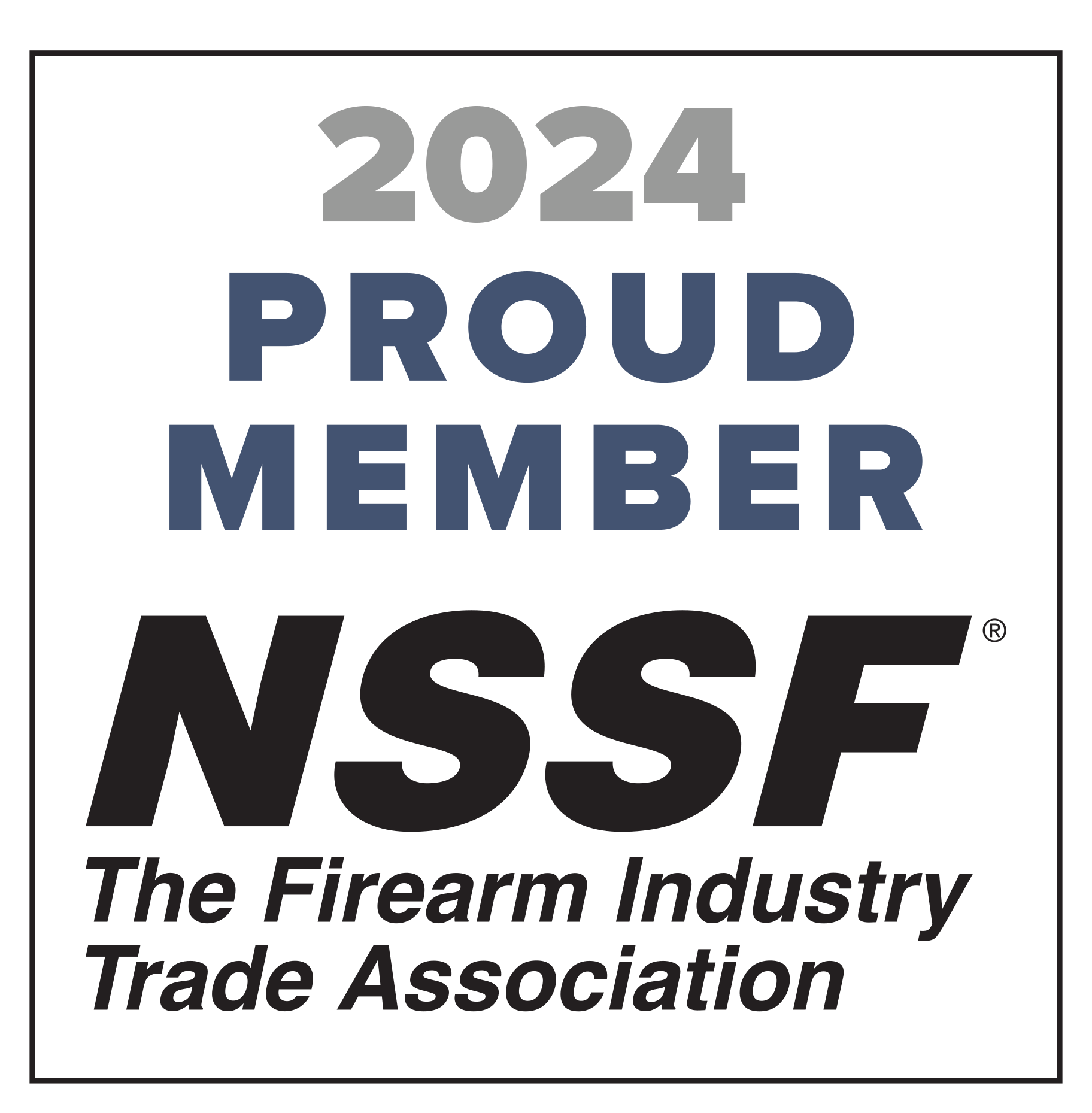Check our our 2021 ATF Violations post
There were a total of 5,827 firearms compliance inspections performed by the ATF in 2020. Of those inspections, 22.1% resulted in a violation. While there are a variety of different violations firearms sellers encountered, there were 10 that consistently ranked above all others.
In this post, we’ll look at the 10 most commonly cited ATF violations and offer advice on how to stay above board so the same thing doesn’t happen to you.
1. 27 CFR 478.125(e) Failure to maintain an accurate/complete/timely acquisition and disposition (A&D) record of firearms
According to 2020 data, the number-one reason most gun sellers were penalized was for not keeping sufficient records transactions. ATF regulations state that a dealer is required to record each receipt and disposition of firearms in a bound book, noting:
- The date
- Name and address or name and license number of who’s purchasing the firearm
- The manufacturer
- Serial number
- And so on
You can find full information under section (e), firearms receipt and disposition by dealers. If your current system for handling A&D records is inefficient or outdated, we strongly recommend using FFL software. FastBound, for example, allows you to conveniently process transactions, while ensuring ATF compliance and is even backed by guaranteed legal defense.
2. 27 CFR 478.124(c)(1) Failure to obtain a completed ATF 4473
As you’re probably well aware, properly completing Form 4473 is a critical part of selling firearms. But given it’s the second most commonly cited of the ATF violations, it’s clear that many gun sellers need to optimize this process. Fortunately, there are software solutions that can help with this as well.
With FastBound, you can complete 4473s digitally using any desktop, tablet, or smartphone. There are no hardware requirements, and it comes with digital signature support and electronic storage support. Besides ensuring compliance, this can also streamline customer service, helping you complete the information you need so you can move on to the next sale.
3. 27 CFR 478.21(a) Failure to complete forms as prescribed
This violation piggybacks off the previous one. While Form 4473 is fairly straightforward, it’s not hard to make mistakes. Even with the best of intentions, firearms dealers or buyers may inadvertently fail to follow directions as required by the ATF. It’s especially understandable for new dealers or those that are selling guns at a high volume.
That’s why it’s important to be thorough when filling out this form and double-check everything. Again, FFL software can help here as well because it saves time on follow-ups for buyers who fill out information incorrectly and can identify prohibited users. It also has an autocomplete feature that automatically fills out license numbers, expiration dates, and addresses to save time.
4. 27 CFR 478.124(c)(3)(iv) Failure to record NICS contact information on an ATF F 4473
Keeping accurate record of the buyer’s contact information and running it through the National Instant Criminal Background System (NICS) is essential for keeping firearms out of the wrong hands. But given this was the fourth most commonly cited ATF violation, there are a significant number of gun sellers that are failing to do so.
With a series of questions on form 4473 involving NICS contact information, you should be meticulous about going over each one and ensure you properly fill out each field.
5. 27 CRF 478.123(a) Failure to maintain an accurate/complete/timely manufacture or acquisition record
The ATF states, “Each licensed manufacturer shall record the type, model, caliber, or gauge, and serial number of each complete firearm manufactured or otherwise acquired, and the date such manufacture or other acquisition was made.” Further, the information should be recorded within seven days of the date of the manufacture or acquisition.”
Once again, being thorough with your record-keeping is critical, and you need to be sure you’re keeping track of all required information.
6. 27 CFR 478(c)(5) Failure by transferor to sign and/or date an ATF F 4473
This is one of the easiest ATF violations to avoid because it only needs two pieces of information — the transferor’s signature and the date. But because it’s located at the bottom of page 3 just before the notices, instructions, and definitions sections, it sometimes gets overlooked.
FFL software is useful for avoiding issues here because of the built-in digital signature support that allows you to conveniently sign and date to ensure everything is filled out properly.
7. 27 CFR 478.124(c)(4) Failure to record firearm information on an ATF F 4473
“The licensee shall identify the firearm to be transferred by listing on the Form 4473 the name of the manufacturer, the name of the importer (if any), the type, model, caliber or gauge, and the serial number of the firearm,” the ATF states. This is pretty straightforward information, but it’s not hard to overlook a piece of it. So it’s important to familiarize yourself with all of the information requirements and check them off one by one.
8. 27 CFR 478.124(c)(3)(i) Failure to verify or record identification document on ATF F 4473
Here ATF regulations state “After the transferee has executed the Form 4473, the licensee shall verify the identity of the transferee by examining the identification document presented and shall note on the Form 4473 the type of identification used.” To avoid this ATF violation, make sure you verify the buyer’s identity and immediately record it on the 4473.
9. 27 CFR 478.123(b) Failure to maintain an accurate/complete/timely licensee disposition record
Again, this is another of the ATF violations that simply boils down to improper record-keeping. And it’s understandable. Even seasoned firearms sellers make mistakes from time to time, and it’s not always easy to keep your ducks in a row.
If this is something you’ve ever struggled with, using FFL software for A&D records can be extremely helpful because it guides you through the process while taking into account any recent regulatory changes.
Also, the data you store in electronic bound books is automatically backed up in the cloud, meaning you can access it 24/7 from any device with an internet connection. So whenever you need to search for a record, you can do so easily with smart searches.
10. 27 CFR 478.126a Failure to report multiple sales or other dispositions of pistols and revolvers
This final regulation can, admittedly, be a little confusing. The ATF is very particular about how they require firearms dealers to report multiple sales, so things can get murky in a hurry. That’s why we suggest going over 27 CFR. 126a, which you can find here in detail and fully familiarizing yourself with the process. On this page, you’ll find a few examples, including the following, that shed light on how to properly report multiple sales or dispositions.
Staying Clear of Common ATF Violations
Because of the importance of monitoring the exchange of firearms and keeping them out of the wrong hands, the ATF has rigorous regulations. To be totally honest, it’s not always easy to stay on top of forms, record-keeping, and the laundry list of formalities that come along with gun selling. Throw in the fact that these regulations are continually being updated, and it’s understandable why ATF violations are so common.
That said, it’s certainly not a situation you want to find yourself in. By understanding what the most common ATF violations are, taking measures to stay above board, and using FFL software like FastBound, you can drastically reduce the chances of violating any regulations and avoid the headaches that come along with it.


